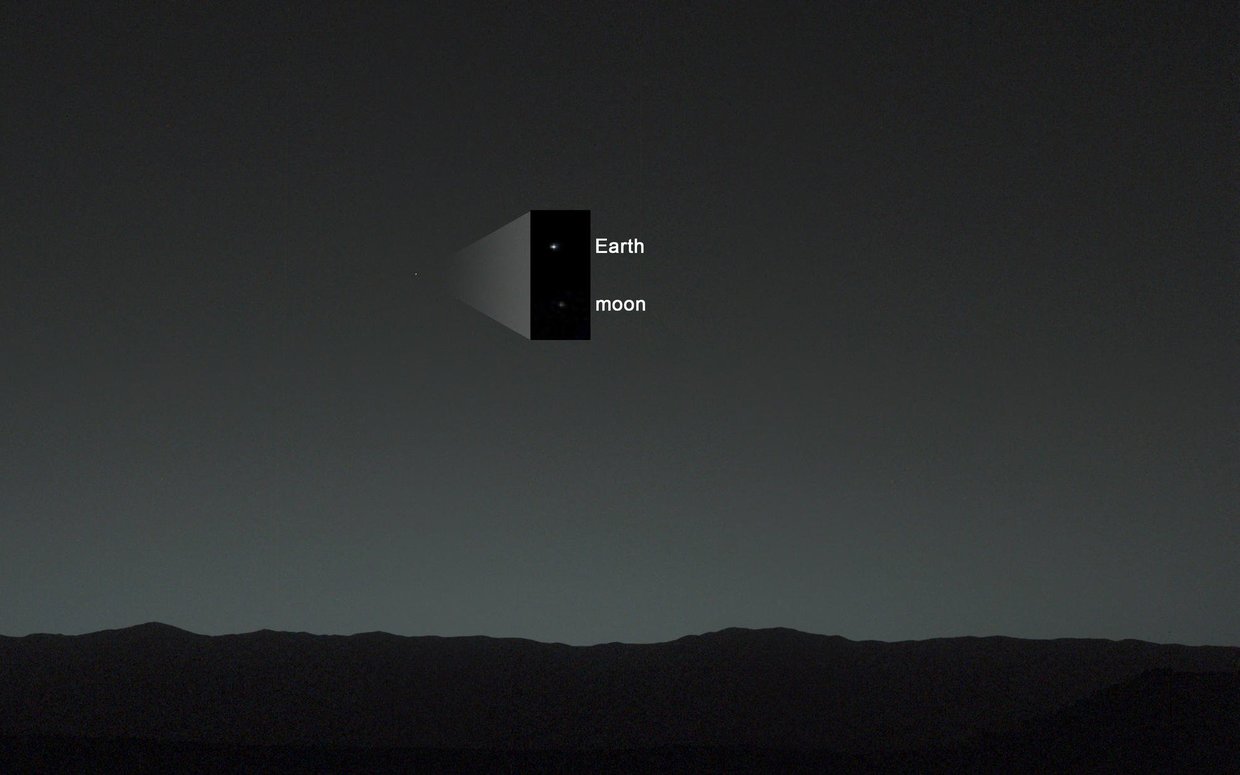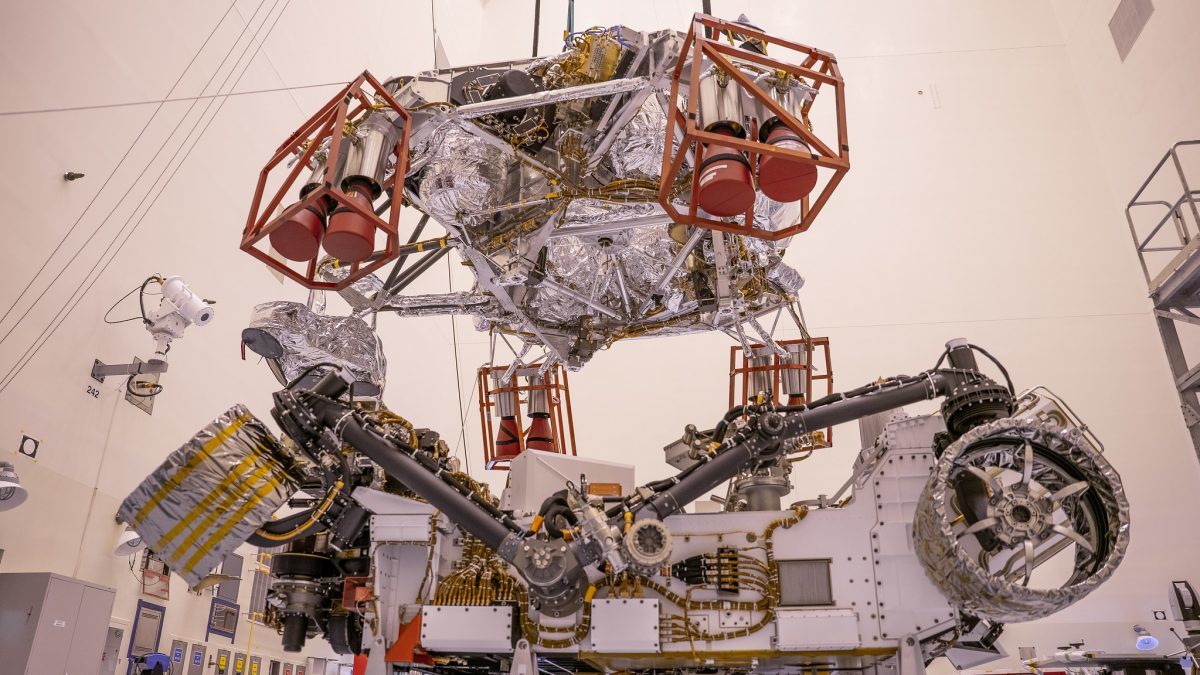
NASA’s Curiosity rover has beamed back incredible images showing the Earth and Venus as two tiny specks of distant light in a stunning view that serves as yet another reminder of the beauty of our solar system.
Curiosity has survived six more years of tumultuous storms and inescapable dust and radiation than its original two-year mandate. Its team took a brief moment to look skywards and see just how far they’d come, both figuratively and literally, by pointing the machine’s Mastcam upwards an hour after sunset on the Red Planet.

This composite image combines two different shots in one, and includes the silhouette of the top of Tower Butte, which juts out of the Martian landscape. It throws into sharp relief just how far the rover is from Earth.
“Both planets appear as mere pinpoints of light, owing to a combination of distance and dust in the air; they would normally look like very bright stars,” NASA explained in a statement.
At this time of year, as Mars enters its stormy season, there’s a large amount of dust in the atmosphere. This dust reflects sunlight, making the sky bright but the stars dim by contrast. One such global dust storm proved to be the Opportunity rover’s doom, because it depended on sunlight to operate. Thankfully, Curiosity boasts a nuclear power source.
“Even moderately bright stars were not visible when this image of Venus was taken,” said Mastcam co-investigator Mark Lemmon,of the Space Science Institute in Boulder, Colorado.
For context, in a photo snapped six years ago, the sky was so dark, you could actually make out the Earth’s moon.

The rover will continue to explore Mount Sharp, where it has been galavanting since 2014. It’s hoped that it’ll be joined on the Red Planet by the Perseverance rover, which is due to blast off in July before eventually arriving in February 2021.

Think your friends would be interested? Share this story!
Subscribe to RT newsletter to get stories the mainstream media won’t tell you.




